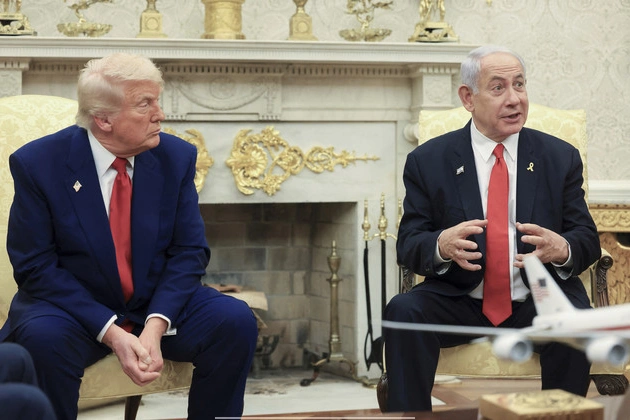
An Army helicopter incident near Reagan National Airport has raised safety concerns after forcing two passenger jets to perform go-around maneuvers. The Federal Aviation Administration (FAA) issued a notice about the incidents on Friday, highlighting potential breaches of airspace regulations.
FAA Investigation and Incident Details
The incidents occurred on Thursday when an Army helicopter, identified as a Black Hawk, deviated from its intended flight path, prompting controllers to initiate go-around procedures for two commercial jets inbound to the airport. While go-arounds are common at Reagan National due to airport congestion, the FAA classified these events as ‘loss of separation,’ indicating a violation of minimum airspace standards.
According to Chris Senn, the FAA’s assistant administrator for government and industry affairs, the Army helicopter took an unconventional route around the Pentagon instead of directly heading to the heliport, leading to the disruption in aircraft separation.
Both the Delta Air Lines and Republic Airways flights were involved in the incident, with close proximity between the helicopters and the planes raising safety alarms. The FAA confirmed that the Army helicopter was not within restricted airspace but will investigate any potential flight approval violations.
Response and Investigations
Following the incident, the FAA announced an investigation into the matter to determine the causes and prevent similar occurrences in the future. Delta Air Lines expressed cooperation with the FAA, while Republic Airways’ response is pending investigation.
The National Transportation Safety Board (NTSB) is also conducting a separate inquiry into the incident, focusing on the operational and communication aspects that led to the close encounters between the aircraft.
Concerns and Calls for Action
Sen. Maria Cantwell, the ranking member of the Commerce Committee, criticized the Army’s handling of airspace security following the incident. She highlighted the repeated involvement of the same Army Aviation brigade in aviation safety lapses and urged the Pentagon and FAA to prioritize airspace safety.
In response to inquiries, the Army emphasized the need for a comprehensive investigation before drawing conclusions about the incident. The NTSB’s ongoing probe is expected to provide insights into the underlying causes and recommend preventive measures to enhance aviation safety.
Conclusion
The Army helicopter incident near Reagan National Airport serves as a reminder of the critical importance of airspace safety and regulatory compliance. As investigations unfold and safety measures are reviewed, stakeholders are called upon to prioritize aviation security and prevent future incidents through enhanced coordination and adherence to flight protocols.











